Does your company website offer a newsletter subscription? Newsletters or mailing lists are the perfect way to collect email addresses so you can nurture prospects over time to become lasting customers. But like any kind of marketing form, crafting one that your audience actually wants to read (and one that doesn’t end up in their trash folders), requires practice and refinement.
Thankfully, we have a few pointers up our sleeves to get you started. Here are a few:
1. Decide on the type of online newsletter you want to send.
Before diving headfirst into content creation, take a step back and ask yourself, “What is the goal of our newsletter?” Are you trying to increase traffic to your website? Update the community with new blog posts on relevant industry topics? Or are you reaching out to current and prospective leads simply to stay at the forefront of their minds and build brand awareness?
Whatever the reason, your newsletter should reflect this primary goal. In our experience, most organizations want to go straight to the creative when it comes to promotion – but having a strategy in place is a must for staying focused and crafting a consistent campaign.
2. Be creative with your content.
Think about your inbox. How many emails are you bombarded with each day? We’re guessing it’s a substantial amount of mail to sort through. Your customers deal with the same overwhelming mass of media trying to gain their attention. Which means you want to stand out.
In order to prevent prospects from hitting “delete,” create a subject line that catches their eye. Be engaging, switch things up; don’t make the mistake of sending the same stale headline each time you reach out. If adding a little humor aligns with your brand image, be humorous. Set yourself apart from other organizations that are vying for the attention of these consumers. Give them a reason to want to open your email.
And another thing regarding content – strike a balance between informing your audience and advertising to them. If you can, try to be 90% educational and 10% promotional. Customers want to hear from you, but they don’t want to feel like you’re constantly pitching to them.
3. Keep it consistent.
Establish a consistent schedule in which to send out email newsletters, and stick to that schedule. Do you want to nurture prospects every week? Every month? Quarterly? As a suggestion, it’s always best to start out slowly, especially with something you’re becoming acquainted with. Sending too frequently will start to fatigue your audience to the point where they associate your organization with spam. On the other hand, if you barely send content at all, you certainly won’t remain at the forefront of their minds.
4. Finish with one strong call-to-action.
Every email newsletter should end with a call-to-action. Done correctly, a CTA will prompt your leads to take some sort of action – whether they are directed to your website, asked to subscribe to your blog, and so on.
Take the example of our client, ProEx Physical Therapy. The company has various CTAs on their web page, including “Make An Online Payment” and “Find the closest clinic near you.” Whatever action you’re trying to get your patients to do, make it clear. And make it simple.
5. Circle back and analyze the data
So you’ve perfected your email newsletter and sent it out to the inboxes of countless potential prospects. Now what? To get the most out of your marketing strategy, it’s always crucial to follow up and look at what the numbers have to say. What was your email’s click-through rate? Did you meet the primary goal you set at the campaign’s start? With valuable data at your fingertips, you can use these insights to refine your next newsletter, making the user experience that much better.
Hopefully you now have the knowledge to get started on your first newsletter campaign. Nurturing customers through newsletter is a powerful tool – done right, it will help your company create lasting relationships with the right people.






